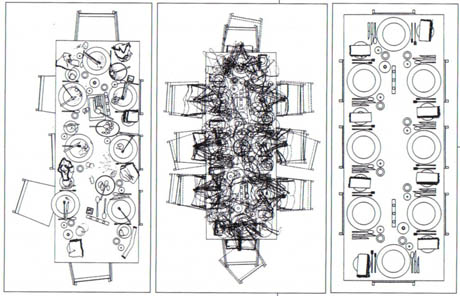
IMAGE: Increasing disorder in a dining table, Diller + Scofidio, via deconcrete.
This drawing by architects Diller + Scofidio, titled Increasing Disorder In A Dining Table, documents the progression of a meal from a perfectly laid table, through a motion-trace palimpsest of the dinner party in action, to the wreckage of dirty dishes and crumpled napkins that confronts the host(s) after the last guest has departed. Or the other way round, if you read from left to right…
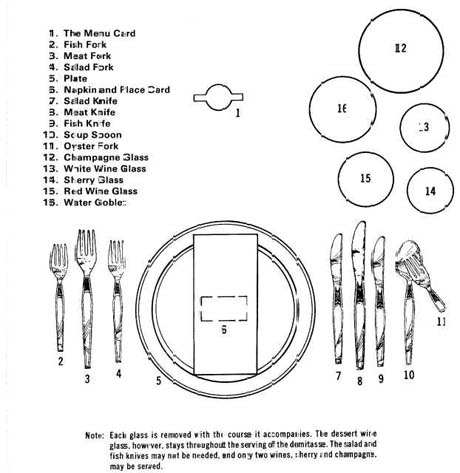
IMAGE: How to lay a formal dining table, complete with oyster fork and shery glass, via YourDinnerParty.co.uk.
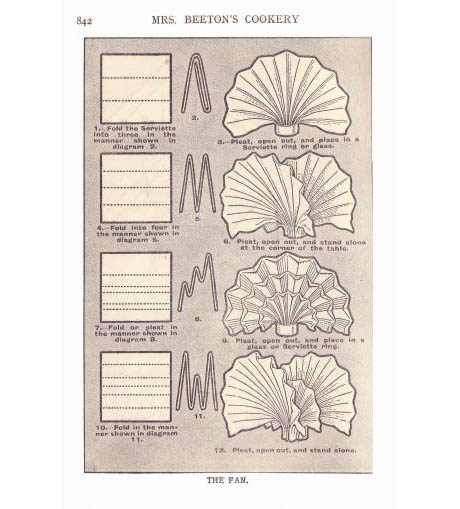
IMAGE: Napkin (or serviette?) origami instructions, via Mrs. Beeton’s authoritative Book of Household Management.
Diller + Scofidio’s drawings fill the gap left by etiquette books, which meticulously diagram the set design necessary for a successful dinner party, but fail to map the equally choreographed during-dinner movements and post-dinner dérangement that ensue. In fact, the reversed order of the Diller & Scofidio drawings almost seems to imply that the perfect dinner party could be run equally smoothly both forwards, starting with a perfectly laid table, and backwards, starting from the aesthetically arranged débris, if one was simply equipped with thorough stage directions.
This is Dinner Party as absurdist theatre, a fertile territory for playwrights, and one that Diller + Scofidio have also explored elsewhere, most notably with their interactive video installation, Indigestion. In that piece, viewers could experience a dining performance from both the perpective of the diners’ dialogue (an audio track) and their hand movements projected onto the flat surface of a dinner table. But, like those micro facial expressions that give away liars, the two scripts did not necessarily tell the same story.
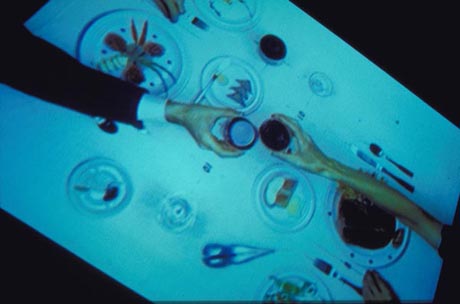
IMAGE: Indigestion (detail), Diller + Scofidio, photo courtesy Jan Sprij, via
Of course, Diller + Scofidio’s drawings could equally be read as an IDEO-style set of studies analysing the food user experience – breaking down each movement into its fundamental elements in order to design a more optimal dining interface. After all, if the actions compressed into Diller + Scofidio’s middle drawing could be separated out, frame by frame, the result would be a map of dining table usepaths.
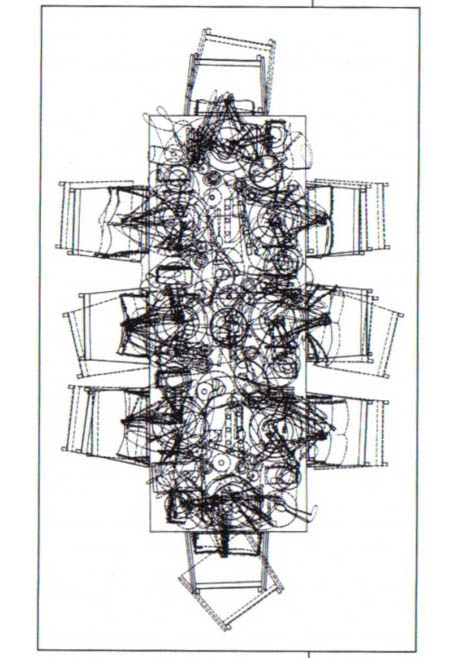
IMAGE: Increasing disorder in a dining table (detail), Diller & Scofidio
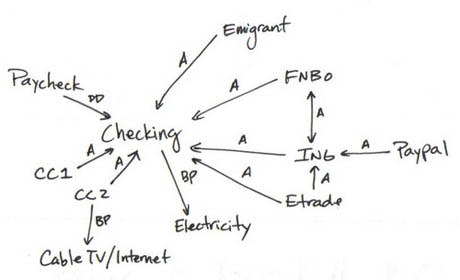
IMAGE: Financial usepaths, via Tim Boucher
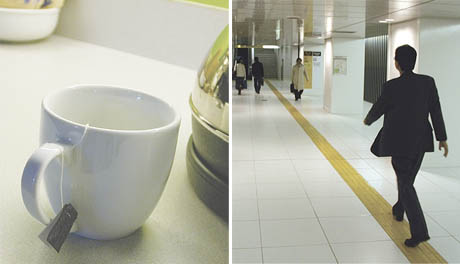
IMAGE: Users co-opting and reacting to the design of their environment, from Jane Fulton Suri’s
Thoughtless Acts
What if we studied dinner party usepaths – “ways of doing things which are typical and which tend to work according to the people who most commonly perform the activity in question,” in Tim Boucher’s helpful definition – and redesigned our dining rooms, table cloths, and place settings accordingly?
Subtle tweaks could encourage cross-table conversation, or make it hard for the guest who always drinks too much to get hold of their wine glass. Playful hosts could insert thought-provoking obstacles into the decor, guaranteed to interrupt force of habit and prompt discussion. And teaching kids table manners might no longer be such a struggle, since the dining environment itself would reinforce them.
NOTE: Thanks to Geoff for pointing out the Diller + Scofidio drawing, and Melissa Clemmer for my copy of Thoughtless Acts!





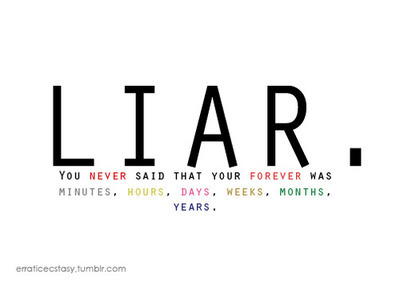
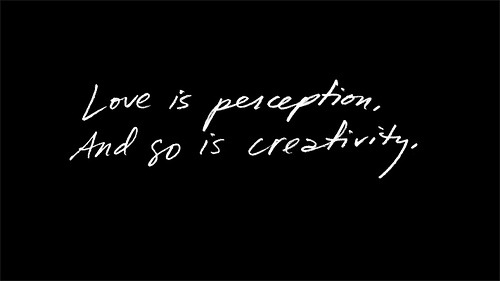
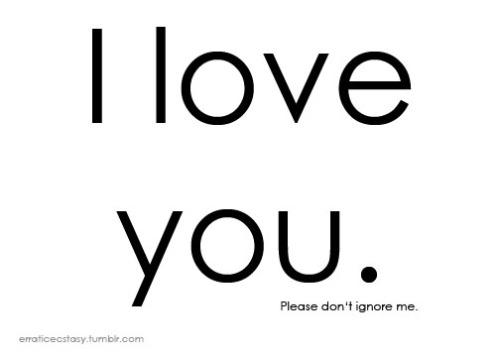
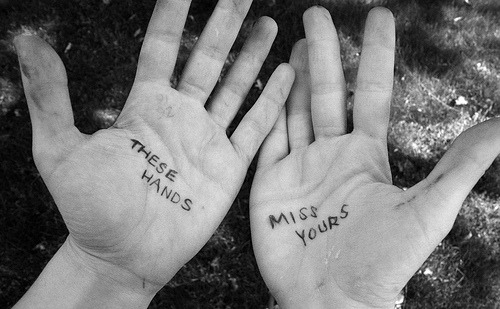


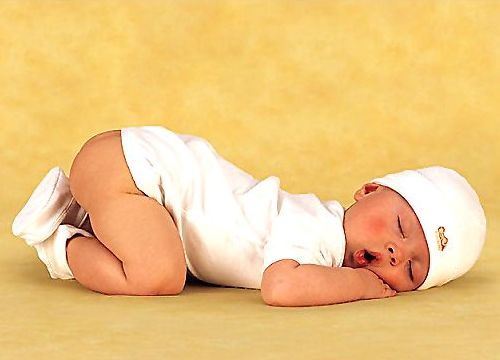
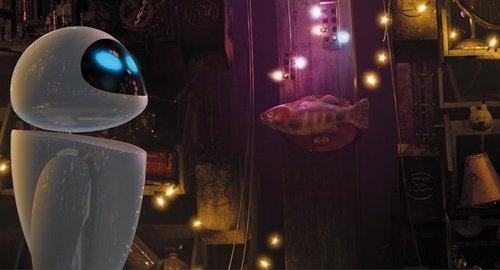

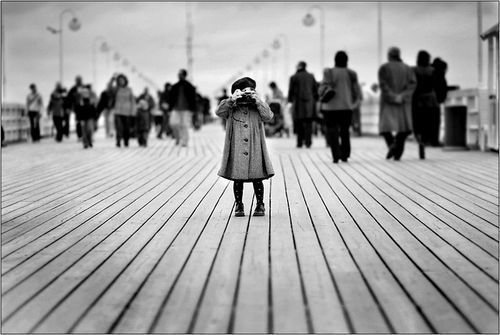

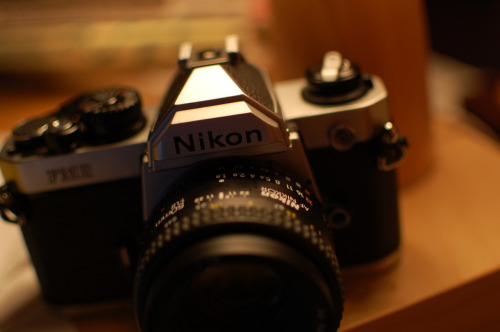
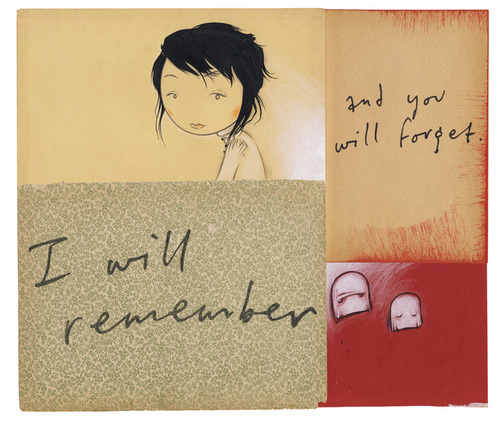
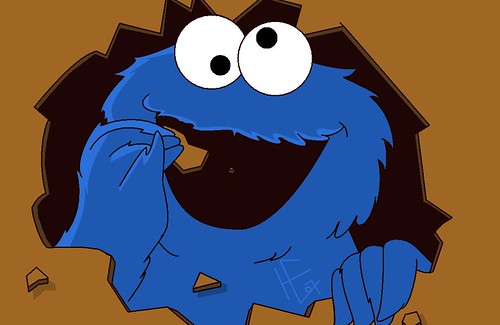
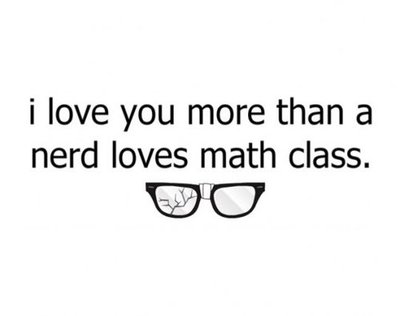
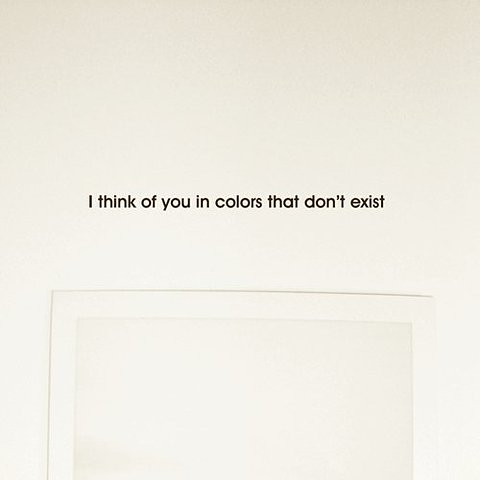

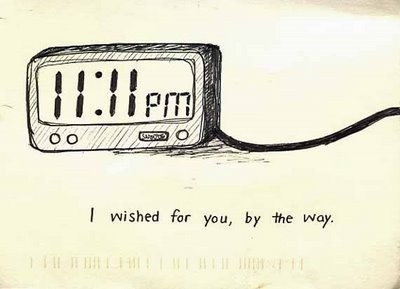


0 comments:
Post a Comment